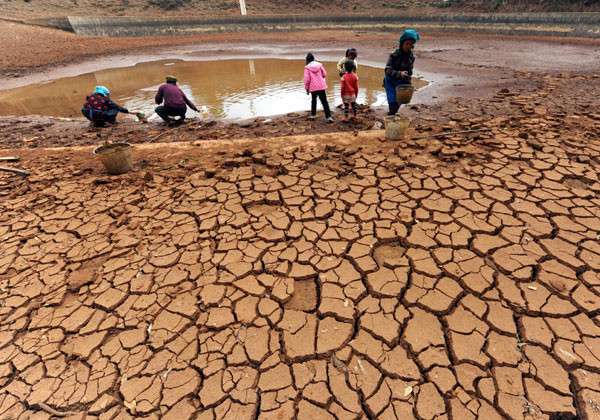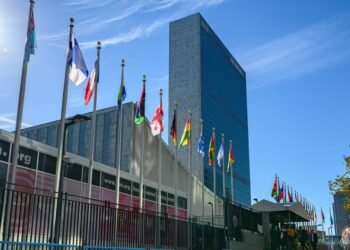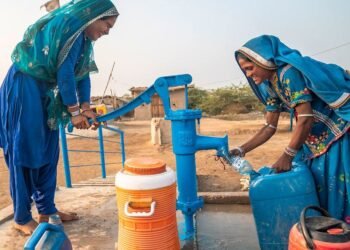Drought conditions are tightening their grip across the globe, delivering what experts now call one of the worst environmental catastrophes in recent memory.
A new joint report by the UN Convention to Combat Desertification (UNCCD), the U.S. National Drought Mitigation Center (NDMC), and the International Drought Resilience Alliance has highlighted the far-reaching devastation brought about by prolonged drought events from 2023 through 2025.
According to UNCCD Executive Secretary Ibrahim Thiaw, “Drought is a silent killer. It creeps in, drains resources, and devastates lives in slow motion. Its scars run deep.” The report warns that this is not a temporary setback, but a rapidly escalating global crisis.
NDMC Director and report co-author Dr. Mark Svoboda further underscored the severity of the situation. “This is not a dry spell,” he warned.
“This is a slow-moving global catastrophe, the worst I’ve ever seen. This report underscores the need for systematic monitoring of how drought affects lives, livelihoods, and the health of the ecosystems that we all depend on.”
Dr. Mark Svoboda
Africa Among Worst Affected Regions
In Eastern and Southern Africa, 90 million people now face acute hunger. The report singles out countries like Ethiopia, Zimbabwe, Zambia, and Malawi, where repeated crop failures have decimated food supplies. In Zimbabwe, corn production dropped by a staggering 70 percent in 2024, while maize prices soared. Over 9,000 cattle died of thirst and starvation due to failed rains.

In Somalia, the death toll from drought-linked hunger stood at 43,000 in 2022 alone, and the crisis has continued unabated. As of early 2025, a quarter of the population remains in crisis-level food insecurity.
Zambia, already grappling with agricultural losses, is now experiencing one of the worst energy crises globally. As water levels in the Zambezi River fell to just 20 percent of their long-term average, the Kariba Dam, the country’s primary hydroelectric plant, dropped to a mere 7 percent capacity. This has led to widespread blackouts lasting up to 21 hours a day, forcing hospitals, bakeries, and factories to shut down, crippling essential services.
But Africa is not the only region in distress. Spain has seen its olive crop fall by 50 percent due to back-to-back years of drought and record heat, doubling olive oil prices. In Türkiye, overuse of groundwater has led to land collapses, forming dangerous sinkholes and putting nearby communities at risk.
In South America’s Amazon Basin, record-low river levels in 2023 and 2024 have caused mass die-offs of fish and endangered river dolphins. Water supplies have been disrupted for countless communities, while transport on key waterways has become increasingly difficult. Environmentalists fear the Amazon could transition from a carbon sink to a carbon emitter due to ongoing deforestation and fires.
Elsewhere, global trade has not been spared. Drought-induced low water levels in the Panama Canal reduced shipping traffic by over a third. This disruption triggered a cascade of economic effects, from reduced American soybean exports to shortages and price hikes in UK supermarkets.
The report recommends urgent action, calling for better early warning systems, real-time drought impact monitoring, and the use of nature-based solutions like watershed restoration and drought-resilient crops. It also emphasizes the need for off-grid energy, alternative water supply systems, and, critically, global cooperation, especially in managing cross-border water basins and trade routes.
As the report warns, drought is no longer a regional issue. It is a global emergency requiring immediate and coordinated action.
READ ALSO: Ghana Armed Forces Launches Major Recruitment Overhaul





















